In the solar energy field researchers are using the latest developments in nanotechnology to work on very small solar cells. Researchers are testing different ways to make them more efficient. Flexible sheets of organic solar cells have entered another niche than silicon-based solar cells.
Feb 25th, 2011
Read more
In honor of National Engineers Week, the Entertainment Industries Council, Inc. (EIC) and the National Science Foundation (NSF) have announced a new partnership to promote careers in science, engineering and technology.
Feb 25th, 2011
Read more
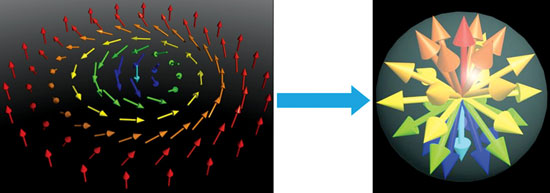 Exotic entities that arrange into a crystalline structure at near room-temperature could lead to a new approach to electronic memory.
Exotic entities that arrange into a crystalline structure at near room-temperature could lead to a new approach to electronic memory.
Feb 25th, 2011
Read more
Technological advances give the medical sector a huge boost, with people suffering from various disorders benefiting the most. A European team of researchers has developed a novel nanoscale scanning technique that gives experts a detailed look at how heart failure impacts the surface of a person's heart muscle cell.
Feb 25th, 2011
Read more
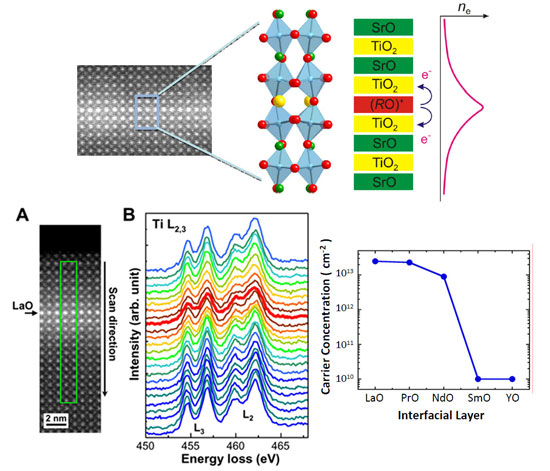 For an electron moving from one material toward the other, this space is where it can join other electrons, which together can create current, magnetism or even light. A multi-institutional team has made fundamental discoveries at the border regions, called interfaces, between oxide materials. The team has discovered how to manipulate electrons oxide interfaces by inserting a single layer of atoms. The researchers also have discovered unusual electron behaviors at these engineered interfaces.
For an electron moving from one material toward the other, this space is where it can join other electrons, which together can create current, magnetism or even light. A multi-institutional team has made fundamental discoveries at the border regions, called interfaces, between oxide materials. The team has discovered how to manipulate electrons oxide interfaces by inserting a single layer of atoms. The researchers also have discovered unusual electron behaviors at these engineered interfaces.
Feb 24th, 2011
Read more
 Competition for the awards is stiff, with fewer than 20 percent of applicants receiving funding.
Competition for the awards is stiff, with fewer than 20 percent of applicants receiving funding.
Feb 24th, 2011
Read more
Balandin is being recognized for outstanding contributions to understanding optical properties of semiconductor nanostructures and pioneering work on the opto-thermal metrology of graphene.
Feb 24th, 2011
Read more
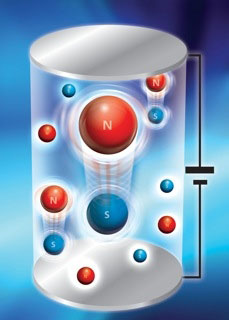 Researchers at the London Centre for Nanotechnology have created a purely magnetic version of one of the basic effects of electronics - the storage and release of charge in a capacitor. This follows their demonstration last year of the existence of a magnetic equivalent of electricity: so-called "magnetricity".
Researchers at the London Centre for Nanotechnology have created a purely magnetic version of one of the basic effects of electronics - the storage and release of charge in a capacitor. This follows their demonstration last year of the existence of a magnetic equivalent of electricity: so-called "magnetricity".
Feb 24th, 2011
Read more
Researchers at the University of Surrey show the controlled synthesis of nanomaterials by subjecting pure organic molecular gas to high temperatures and pressures that allow symmetry breaking events to create the different carbon nanostructures.
Feb 24th, 2011
Read more
Fifteen British businesses and seven universities are to share GBP5 million of government funding to enable them to research the use of novel nanoscale technologies to develop the next generation of solar energy harvesting.
Feb 24th, 2011
Read more
The Institute of Nanotechnology and CERAM, the leading materials testing, analysis and consultancy organisation, have teamed up to present a two-day Workshop on the application of bioactive glass and ceramics at the nanoscale to healthcare and high-tech industries.
Feb 24th, 2011
Read more
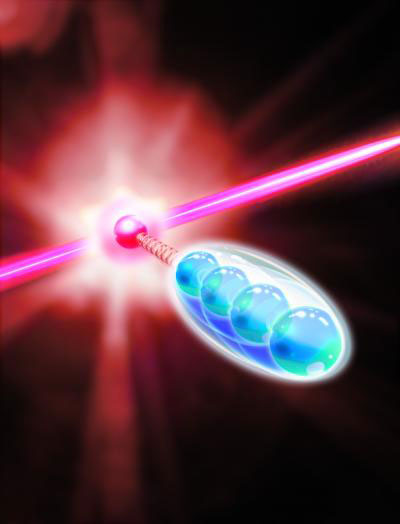 Austrian researchers realize a toolbox for open-system quantum simulation.
Austrian researchers realize a toolbox for open-system quantum simulation.
Feb 23rd, 2011
Read more
 Rice University lab uses ruthenium complexes to dissolve nanotubes, add functionality.
Rice University lab uses ruthenium complexes to dissolve nanotubes, add functionality.
Feb 23rd, 2011
Read more
McGill researchers develop a new and inexpensive way of filtering water using silver nanoparticles.
Feb 23rd, 2011
Read more
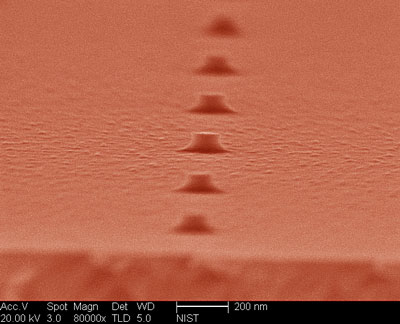 Like snowflakes or fingerprints, no two quantum dots are identical. But a new etching method for shaping and positioning these semiconductor nanocrystals might change that. What's more, tests at the National Institute of Standards and Technology (NIST) confirm that etched quantum dots emit single particles of light (photons), boosting prospects for powering new types of devices for quantum communications.
Like snowflakes or fingerprints, no two quantum dots are identical. But a new etching method for shaping and positioning these semiconductor nanocrystals might change that. What's more, tests at the National Institute of Standards and Technology (NIST) confirm that etched quantum dots emit single particles of light (photons), boosting prospects for powering new types of devices for quantum communications.
Feb 23rd, 2011
Read more
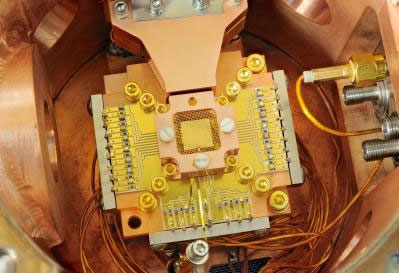 Physicists at the National Institute of Standards and Technology (NIST) have for the first time coaxed two atoms in separate locations to take turns jiggling back and forth while swapping the smallest measurable units of energy. By directly linking the motions of two physically separated atoms, the technique has the potential to simplify information processing in future quantum computers and simulations.
Physicists at the National Institute of Standards and Technology (NIST) have for the first time coaxed two atoms in separate locations to take turns jiggling back and forth while swapping the smallest measurable units of energy. By directly linking the motions of two physically separated atoms, the technique has the potential to simplify information processing in future quantum computers and simulations.
Feb 23rd, 2011
Read more









 Subscribe to our Nanotechnology News feed
Subscribe to our Nanotechnology News feed